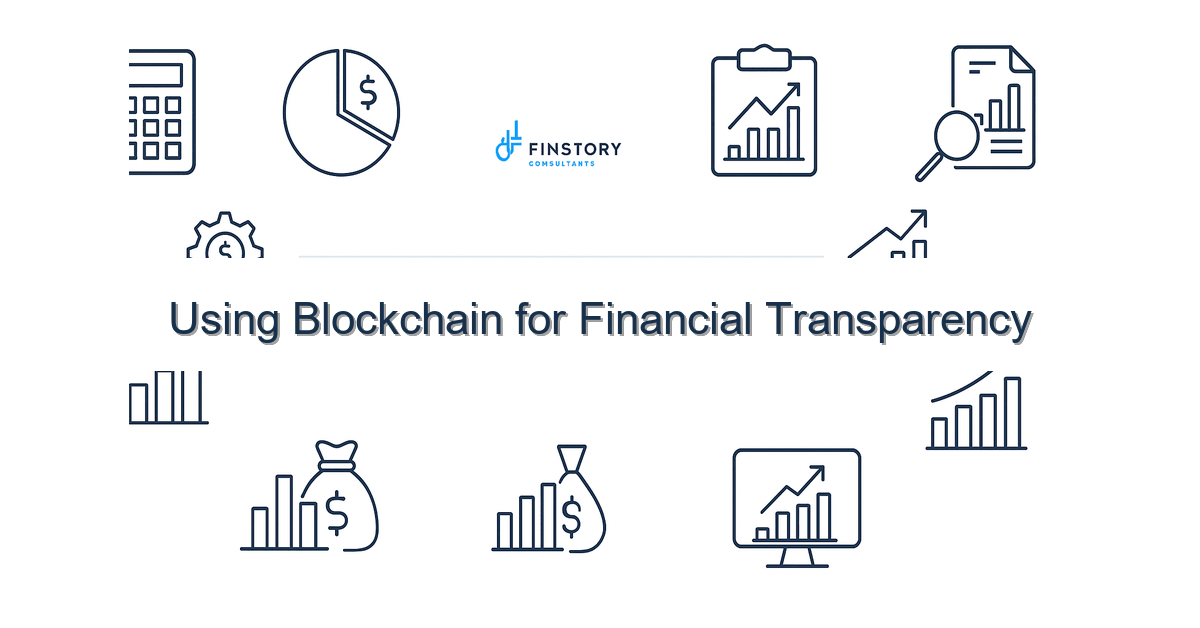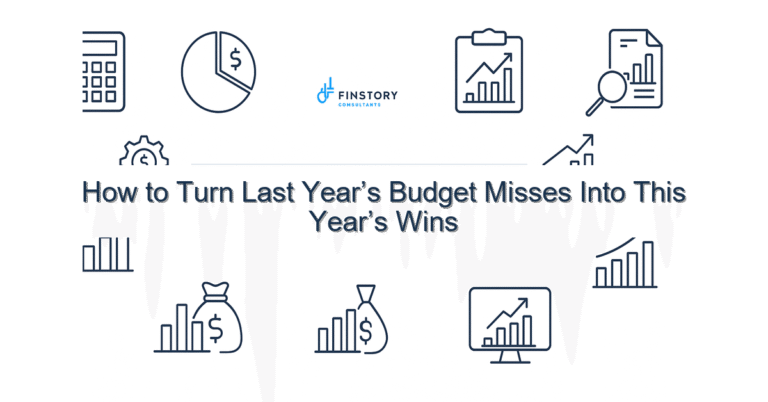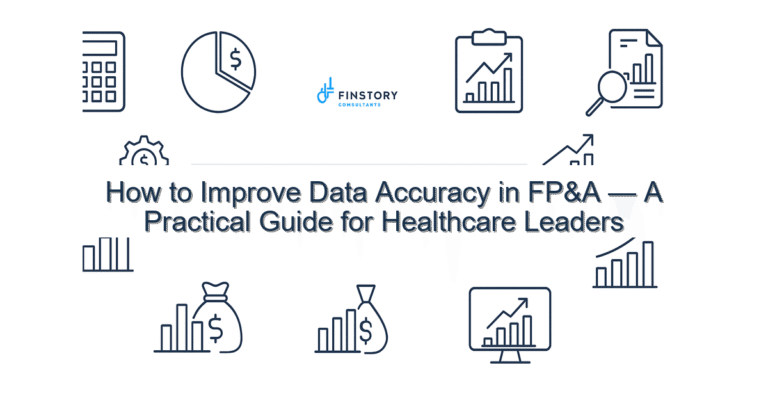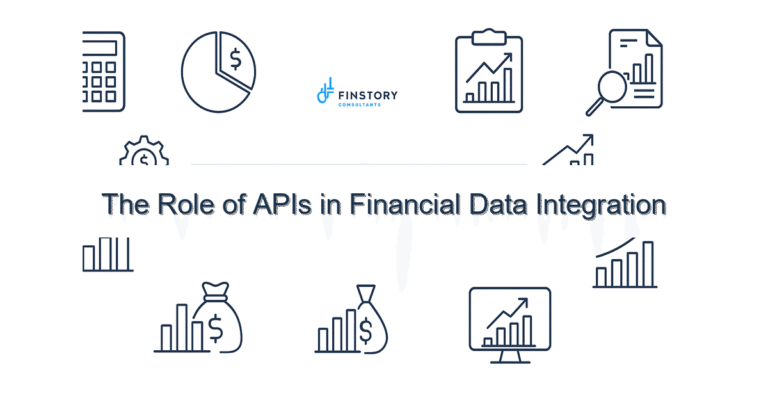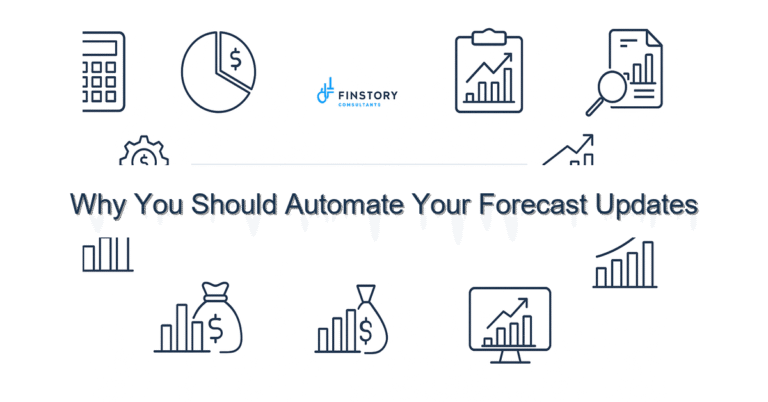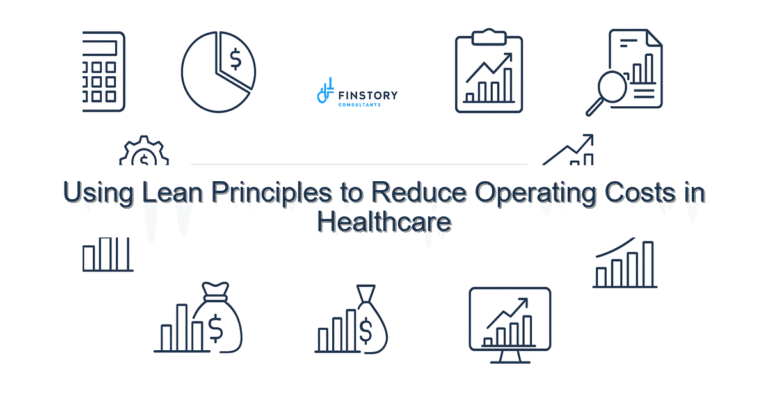Using Blockchain for Financial Transparency
You’re juggling audits, shrinking margins, and demanding clinical leaders who want immediate answers. The promise of better visibility feels close — but you’ve been burned by pilots that never scaled. Using blockchain for financial transparency should help, not add another tool to the pile.
Summary: Deploying blockchain for financial transparency can give healthcare finance teams a single source of verifiable truth, cut reconciliation time, and speed month-end close — if you follow a pragmatic rollout focused on integration, clear data governance, and measurable pilots.
What’s the real problem?
Healthcare finance teams live with fragmented ledgers, manual reconciliations, and mistrust between departments. That shows up in missed savings, long close cycles, and stressful audits.
- Slow month-end close driven by manual reconciliations across systems.
- Discrepancies between clinical charges, billing, and general ledger that take weeks to trace.
- Difficulty proving the provenance of transactions during audits or payer disputes.
- Leadership hesitancy to act because reported numbers feel uncertain.
What leaders get wrong
Many leaders treat blockchain like a silver bullet or a technology exercise. They start with a flashy pilot, buy a vendor, and leave integration and controls to later. That stalls projects and wastes budgets.
- Focusing on decentralization ideals instead of solving a specific reconciliation or audit pain point.
- Trying to put all hospital transactions on-chain at once — scope is too big and governance breaks down.
- Underestimating the need for clean source data and strong master-data management before going live.
A better approach: Using blockchain for financial transparency
Think of blockchain for financial transparency as a ledger that provides verifiable, auditable records without replacing your ERP overnight. Use it to prove provenance, speed verifications, and automate reconciliations where the business case is clear.
Framework — 4 pragmatic steps:
- Identify a single, high-impact use case (e.g., contract payments to a large vendor or clinical trial billing).
- Prepare source systems: clean GL mappings, consistent transaction IDs, and a defined data contract.
- Implement a permissioned ledger for transaction hashes and state metadata, not full payloads — retain PII off-chain.
- Automate reconciliation and reporting: link your ledger events to Power BI dashboards and finance automation processes.
Real-world note: a mid-sized health system we advised piloted a permissioned ledger to track capital equipment invoices across three hospitals. Reconciliations that once took 10 days dropped to 24 hours. That produced a 35% reduction in vendor dispute hours and paid back project costs inside nine months.
Quick implementation checklist
- Pick one use case with measurable KPIs (audit time, dispute hours, close days).
- Map the end-to-end transaction flow and identify authoritative sources of truth.
- Clean and standardize transaction IDs in your ERP or billing system this week.
- Set up a permissioned blockchain testnet or partner with a vendor for a scoped pilot.
- Define a data contract specifying what goes on-chain (hashes, timestamps, status) and what stays off-chain.
- Connect events to a Power BI dashboard for leadership reporting and alerts.
- Automate one reconciliation rule and measure time saved after your first month.
- Train one reconciler and one controller on how to verify on-chain proofs during audits.
- Document governance: who can write, who can read, and the change-management process.
- Review compliance and privacy with legal — confirm no PII is stored on-chain.
What success looks like
Define success with measurable outcomes so the board and CFO can see the value:
- Reconciliation accuracy: increase in verifiable transaction matches (target +99%).
- Audit cycle time: reduction in days to respond to audit evidence (target -60%).
- Close cycle: fewer manual adjustments and faster month-end close (target -2 to -5 days).
- Labor hours: reduction in vendor dispute resolution hours (target -30% to -50%).
- ROI: payback in under 12 months for scoped pilots with high transaction volumes.
Risks & how to manage them
Top risks tend to be governance, privacy, and scope creep — and each has practical mitigations.
- Governance mismatch: Create a cross-functional steering committee (finance, IT, compliance) and a simple write/read permissions matrix.
- Privacy leakage: Never store PII on-chain. Use cryptographic hashes and keep full payloads in secure off-chain storage with pointers on-chain.
- Scope creep: Start with one clear use case and guardrails for go/no-go decisions; require KPI evidence before scaling.
Tools & data
Blockchain is most effective when it plugs into the tools your team already uses. Practical implementations combine finance automation, BI tools, and clear leadership reporting.
- Finance automation platforms to trigger on-chain events after invoice approval.
- Power BI dashboards for leadership reporting that surface on-chain proofs and reconciliation status.
- ERP integrations to ensure consistent GL mappings and transaction IDs.
- Data governance and master-data systems to keep vendor and contract references clean.
FAQs
Q: What is “blockchain for financial transparency” in one sentence?
A: It’s a permissioned ledger approach that records verifiable transaction proofs and status updates to reduce reconciliation and speed audits, while keeping sensitive data off-chain.
Q: Is blockchain compatible with HIPAA and healthcare privacy rules?
A: Yes—if you avoid storing PII on-chain. Use hashes and off-chain secure storage, and validate your approach with legal and compliance before going live.
Q: How long before I see benefits?
A: For a well-scoped pilot (e.g., vendor payments), you can see measurable time savings within 1–3 months after deployment.
Q: Do we have to replace our ERP?
A: No. Most successful pilots treat the ERP as the system of record and use blockchain for verifiable proofs and workflow automation layered on top.
Next steps
If you want to explore using blockchain for financial transparency, start with a short discovery: pick a use case, map sources, and build a measurable pilot. We help teams scope pilots, integrate with ERP and Power BI, and set governance so pilots scale.
Want a realistic plan and cost estimate? Contact Finstory for a 90-day pilot roadmap that focuses on business outcomes, not buzzwords.
Work with Finstory. If you want this done right—tailored to your operations—we’ll map the process, stand up the dashboards, and train your team. Let’s talk about your goals.
Related reading: Financial forecasting that actually helps hospitals, Finstory finance automation services, and healthcare finance best practices.
Work with Finstory. If you want this done right—tailored to your operations—we’ll map the process, stand up the dashboards, and train your team. Let’s talk about your goals.
📞 Ready to take the next step?
Book a 20-min call with our experts and see how we can help your team move faster.
Prefer email or phone? Write to info@finstory.net
or call +91 44-45811170.
